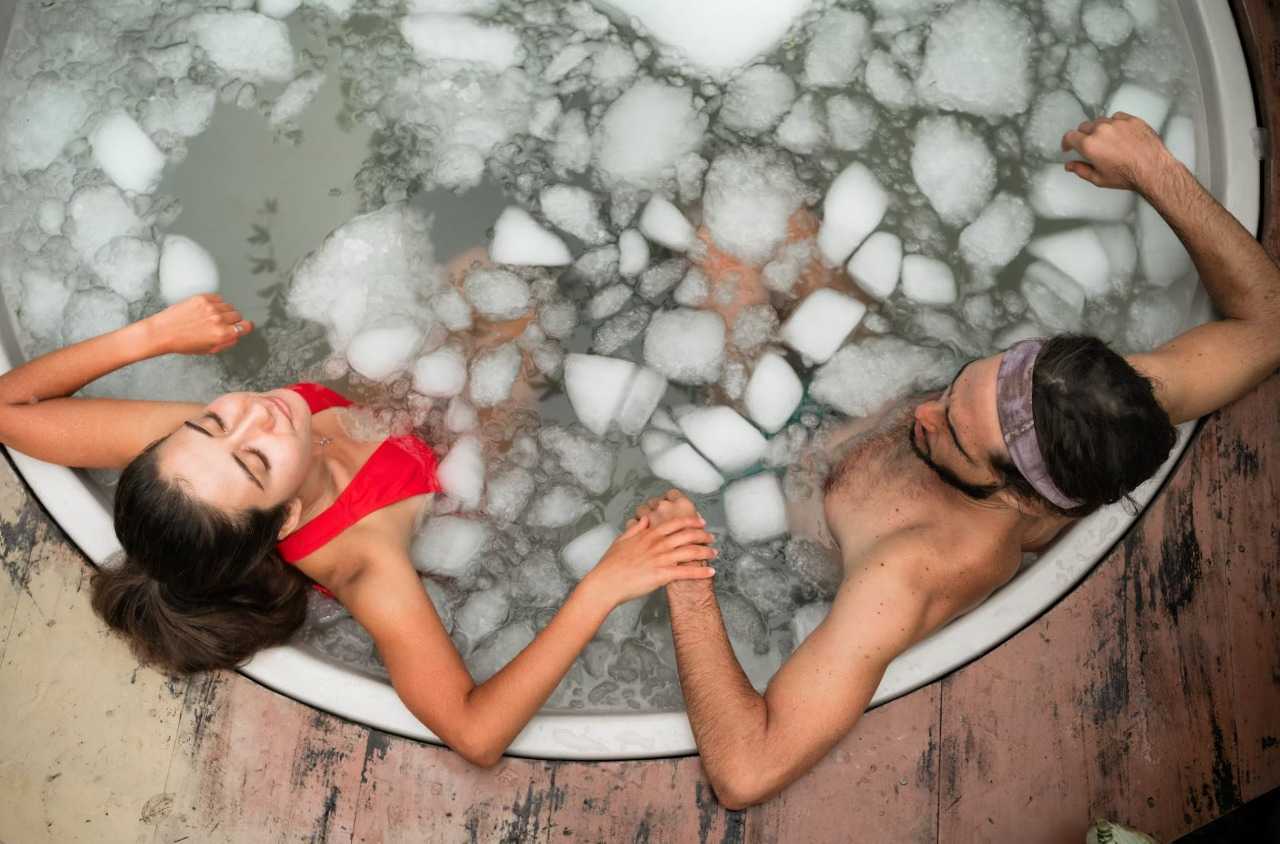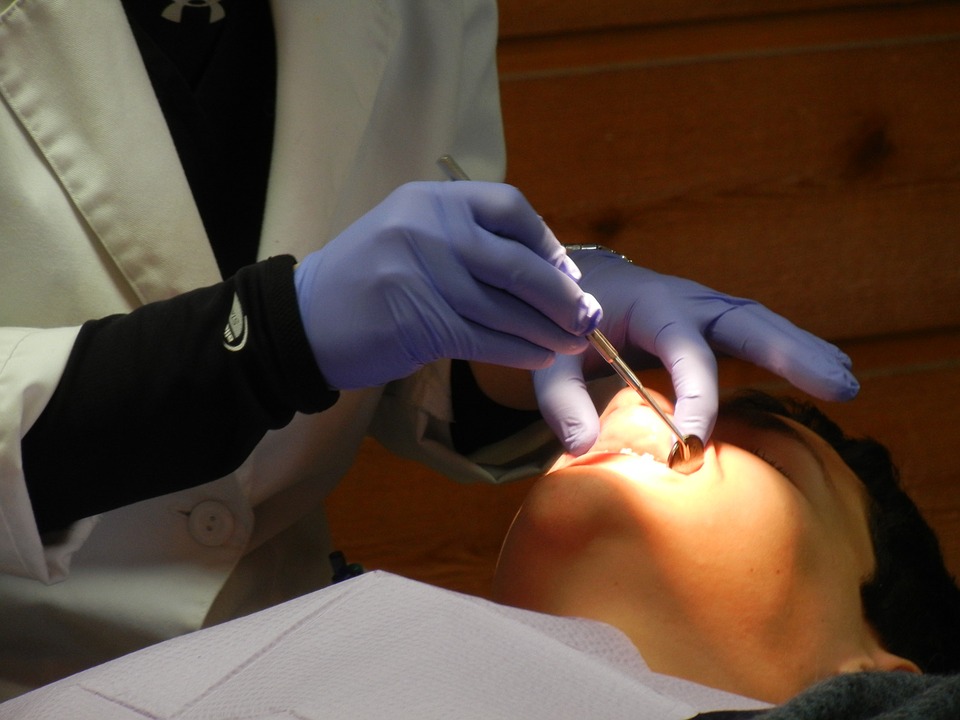In recent years, cold immersion—or cold therapy—has gone from being a niche wellness practice to a mainstream method for boosting both physical and mental well-being. From professional athletes plunging into ice baths after training to everyday people embracing cold showers or cold plunges, the appeal is growing. While much of the attention focuses on recovery and inflammation, the mental health benefits of cold immersion are just as powerful, particularly for stress, anxiety, and mood regulation.
Let’s explore how stepping into cold water can positively affect your mind, and how you can experience these benefits from the comfort of your home.
The Science Behind Cold Immersion
Cold immersion, often referred to as cold water therapy, involves exposing the body to cold temperatures for a short period—through ice baths, cold showers, or outdoor cold plunges. The shock of cold water activates the body’s sympathetic nervous system, triggering a range of physiological responses: increased heart rate, rapid breathing, and the release of stress hormones.
Paradoxically, this short-term stress exposure strengthens the body and mind. Similar to exercise, where temporary physical stress leads to long-term health gains, cold immersion helps build resilience by “training” the nervous system to better handle stress.
Stress Relief Through Cold Exposure
In our modern world, chronic stress has become the norm—emails, deadlines, financial pressures, and constant notifications all keep our nervous systems in a heightened state. Cold immersion provides a powerful reset.
When the body encounters cold water, it experiences a controlled stress response. The shock triggers the release of norepinephrine, a hormone and neurotransmitter that enhances focus, attention, and alertness. Once the body adjusts to the temperature, the parasympathetic nervous system kicks in, promoting relaxation and balance.
This shift helps lower cortisol levels, the primary stress hormone. With regular practice, cold therapy can train your body to recover more quickly from stress, leaving you calmer and more adaptable in everyday life.
Cold Immersion and Anxiety Reduction
For people struggling with anxiety, the mind often becomes trapped in cycles of worry, racing thoughts, and physical tension. Cold immersion interrupts this cycle.
The intense sensation of cold water forces the brain into the present moment—you can’t focus on tomorrow’s to-do list or yesterday’s mistakes when icy water is demanding your full attention. This grounding effect mirrors mindfulness and meditation practices, offering an accessible entry point for those who find it difficult to “quiet the mind.”
Additionally, research suggests that the norepinephrine released during cold exposure can improve mental clarity and help regulate mood disorders linked to neurotransmitter imbalances. Over time, this practice may help reduce the severity and frequency of anxiety symptoms.
Boosting Mood Naturally
One of the most reported benefits of cold immersion is its ability to boost mood and increase feelings of well-being. Cold exposure has been shown to trigger the release of endorphins, the body’s natural feel-good chemicals. Many people describe a sense of euphoria or calm after emerging from cold water—often referred to as the “cold high.”
Regular cold plunges can also support long-term mental health. Studies indicate that consistent exposure to cold water can improve symptoms of depression, likely by stimulating dopamine pathways. Dopamine, a key neurotransmitter associated with motivation and pleasure, can increase significantly after cold immersion, leading to improved energy and outlook.
The simple act of stepping into cold water also builds a sense of accomplishment. Each plunge is a small victory over discomfort, which boosts self-confidence and resilience—qualities that directly enhance overall mood.
Building Mental Resilience
Beyond immediate stress relief and mood elevation, cold immersion trains your mind to face discomfort head-on. This practice builds mental resilience—the ability to stay calm and steady when life feels overwhelming.
By consistently stepping into an environment that’s uncomfortable, you strengthen your ability to manage other challenges in life, whether that’s work pressure, difficult emotions, or unexpected setbacks. Cold immersion becomes a daily or weekly ritual that reinforces grit, patience, and adaptability.
Safe Practice and Tips
If you’re new to cold immersion, start gradually:
-
Cold Showers: Begin with 30–60 seconds of cold water at the end of your regular shower.
-
Breathing: Practice slow, deep breathing to stay calm and regulate your body’s response.
-
Consistency: Aim for a few sessions per week rather than one long plunge.
-
Listen to Your Body: Always prioritize safety—avoid prolonged exposure, and consult a doctor if you have cardiovascular conditions.
Experience Cold Therapy at Home with Revitalice Ice Bath Tub
While cold immersion is powerful, not everyone has access to natural cold plunges like lakes or rivers. That’s where the Revitalice Ice Bath Tub comes in—a convenient, portable solution that allows you to enjoy the benefits of cold therapy from the comfort of your home.
Designed for durability, insulation, and ease of use, the Revitalice tub makes it simple to integrate cold immersion into your daily wellness routine. Whether you’re looking to manage stress, ease anxiety, or simply lift your mood, having a dedicated ice bath at home turns this transformative practice into an accessible lifestyle habit.
Final Thoughts
Cold immersion isn’t just about physical recovery—it’s a powerful tool for mental health. By lowering stress, reducing anxiety, boosting mood, and building resilience, this practice offers a holistic approach to well-being. With tools like the Revitalice Ice Bath Tub, anyone can bring the science-backed benefits of cold therapy into their own space and experience the mental clarity, calm, and strength it provides.



